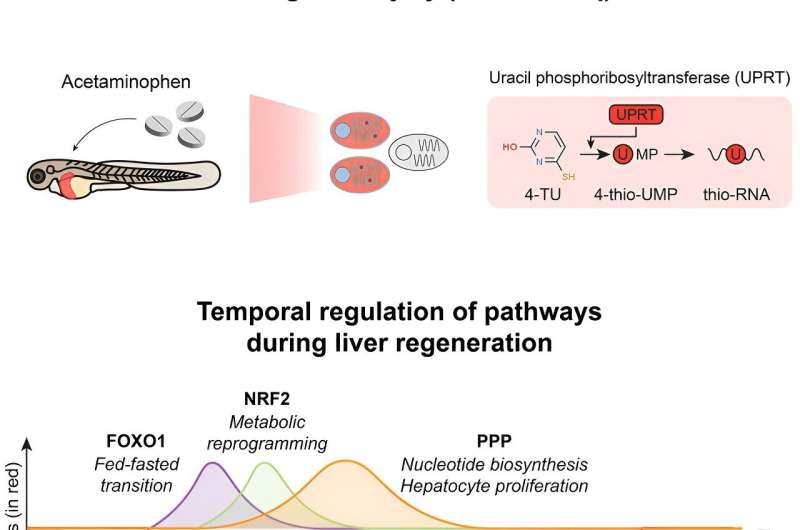Andrew Cox, Group Leader at Peter Mac said although the liver is one of the only tissues capable of regeneration, we know very little about the cues that trigger the regenerative process.
“We worked collaboratively with the Dawson Lab at Peter Mac to develop a new tool that allowed us to trace gene expression during the early stages of liver regeneration,” Cox explained. “We found that liver injury induces a stress response involving a factor known as Nrf2, which reprograms the metabolic state of liver cells to facilitate regeneration.”
Dawson, Head of Cancer Biology and Therapeutics Program and Head of Cancer Epigenetics Laboratory at Peter Mac, said the work has important implications for the treatment of patients undergoing liver failure while also laying the groundwork for future therapies in regenerative medicine.
“This work highlights the therapeutic potential of stimulating Nrf2 to enhance regeneration in cases of liver failure,” Professor Dawson said. “There are Nrf2 activating compounds that have already undergone clinical trials for various indications, so these treatments have the potential to be applied in the setting of acute liver failure.

